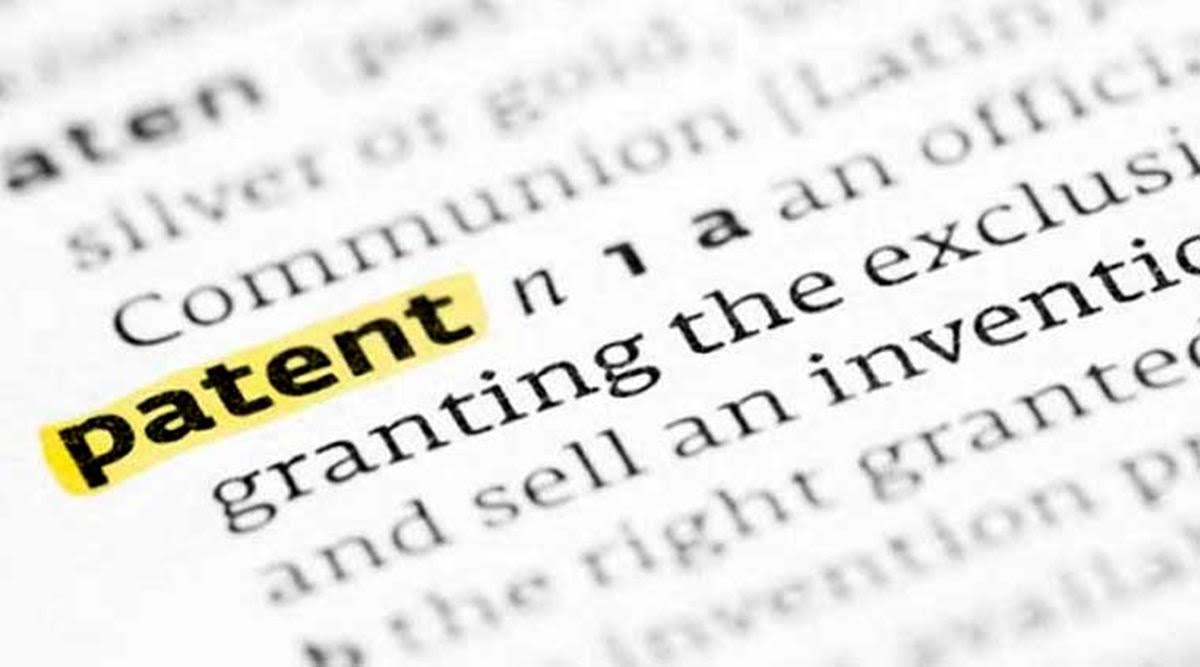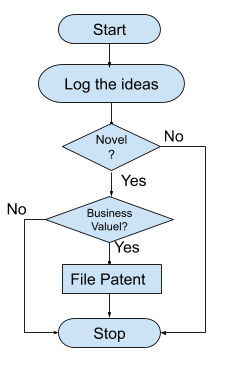by Dr. Kumar Padmanabh
Dr. Kumar Padmanabh is an expert in the space of IoT, and has worked globally in the research labs of British Telecom, Bosch and Infosys. He has 25 patents under his name from across India and USA.

by Dr. Kumar Padmanabh
Dr. Kumar Padmanabh is an expert in the space of IoT, and has worked globally in the research labs of British Telecom, Bosch and Infosys. He has 25 patents under his name from across India and USA.
Intellectual property is a kind of property manifested in the form of an intangible creation of the human intellect. A patent is a special intellectual property created by an individual inventor or a group of inventors. Law gives an exclusive permission to the inventor(s) to make commercial use of the same and prohibits others to use it commercially or otherwise, without the consent of the original inventor. This article explores the intricacies of intellectual properties, especially patents. It also explains how and which ideas could be patented, common laws related to it and patent protection, all of which helps promote the culture of invention. It also explains who should ideally file a patent
A poet writes a poem, a novelist writes a novel, a musician composes music, a scientist invents new things and an innovator innovates on them. Individuals put effort into creating art, craft, poems, novels, music, scientific inventions, and generic innovations. All new creations are known as intellectual properties. It is a ‘unique manifestation of the human intellect’. In most countries across the world, the government gives the right to the original creator to use their creation for their commercial benefit or otherwise. This, in turn, prevents others from using the same property for their commercial use. Intellectual property is analogous to the real estate property. An individual having a registered house in his/ her name has the right to use that house at will. If they want, they can keep it empty, live in it, or give it out on rent and can give notice to its tenant to vacate that house. He/ she can also sell that property at will. And if someone occupies the house illegally, the government provides a mechanism to vacate that house, give compensation to the owner for the damage, etc. Similarly, the government protects the right of the owner of intellectual property. No one else is supposed to use or misuse the intellectual property. There are different forms of Intellectual Properties, and laws and mechanisms of protection laws differ amongst them.
Patent is a right provided by law to the inventor(s) or to the assignee of the patent on their scientific invention for a specific period of time. The assignee is an individual or a company that has acquired this right from the inventor. Inventor and assignee apply for the grant of a patent to government agencies. A patent is immensely beneficial for a startup, as it gives it an exclusive right on the technology and hence creates a ‘moat’, an entry barrier for competition. The following section describes the benefit of a patent, technology that could be patented, types of patent applications, the process and its enforcement, infringement and prosecution.
When an idea for a technology is unique or novel, it is highly recommended to get it patented. A startup can benefit through patents in the following ways:
A patent could be broadly classified in two ways:
Based on legal and statutory requirement: As soon as there is an idea it should be filed for a patent just to obtain a ‘priority date’. If a particular domain is a ‘hot sector’, it is likely that a number of researchers/innovators would be working in the domain. It is also likely that someone else could be working on a similar idea. A key point to remember is that the person who files the patent first would get priority worldwide. Hence a patent should be filed – FAST! However, the next key question is the place where it needs to be filed. If the business is limited to a particular geography the patent should be filed in the corresponding countries. Also, based on future strategy and expansion plans of the product, this should be tweaked further. Following are the types of patent that one can file based on legal and statutory requirement:
From a Technical Content perspective: It is to be noted that algorithms cannot be patented alone. However, copyright on algorithms is possible. Hence from technical content perspective, patents can be broadly classified into two categories:
Following are the process for filing the patent:

Some additional key facts about patents:
Patents are a niche, often overlooked, but integral part of a company trajectory. Patent strategy for an innovative company, therefore, needs to be carefully crafted and implemented to enable its effectiveness. If you have any comments or queries on the above subject, do not hesitate to reach out to us on info@intelisa.in